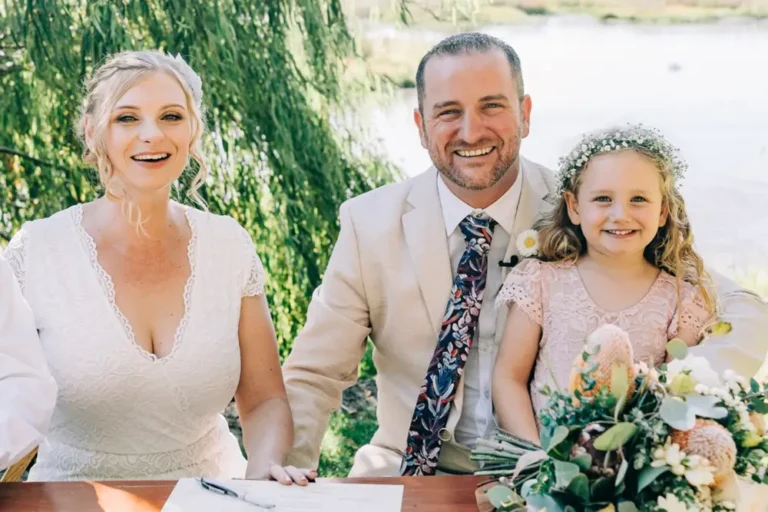I’m a life coach for the children of the ultrawealthy. I see the same problems over and over again.

This as-told-to essay is based on a conversation with Aprajita Anand, 41, a life coach in New York City. It’s been edited for length and clarity.
I’ve been a life coach for children of the ultrawealthy for 12 years. I started on this career path very organically. I was working as a tutor in New York City, largely supporting wealthy students, and I found them to be emotionally struggling in profound ways.
Society often dismisses them as spoiled rich kids who are perhaps unworthy of sympathy, though I think this assumption makes them a strangely underserved population.
Therefore, I pivoted into life coaching and dedicated my career to helping my students —teens and young adults — navigate the core issues their wealth brings.
Most of my clients have the same story
Problems typically arise when the child encounters rejection, failure, or a struggle that cannot be solved with money.
Many of these problems are social in nature, such as a breakup or excommunication from a friend group or even more systemic issues like racism.
This shock response is commonly followed up by a withdrawal from academic, social, or family life in which they numb themselves with social media, video games, drugs, online shopping, or another behavior of choice.
The parents’ first response is often to send their child to a therapist or psychiatrist. I’m a huge believer in therapy, but in some cases, these children end up feeling even more lost and despondent because they’re sitting in their feelings and don’t know what to do with them. They may wonder how they have every advantage in the world yet are still unable to escape from difficult emotions, which can cause them to sink deeper into their numbing behaviors.
This is often the point when parents bring their children to me.
3 steps to overcoming the 3 biggest issues
In my experience, much of traditional talk therapy is about processing feelings and breaking down thinking patterns. I use some of those elements as a life coach, but I emphasize taking action. I’ve developed a curriculum to guide young people through three core problems with three core actions.
1 . Shift to an internal point of control
Many of my clients fall into a victim mindset, believing they are at the mercy of an unkind world. I empower them to understand they can choose how they respond to any situation.
I had a student who didn’t get into her first-choice college, which was difficult for her because it was possibly her first major rejection.
She begrudgingly went to her second choice but refused to engage in freshman orientation or socialize with her peers, and locked herself in her room, numbing herself with social media and Netflix. She was causing unnecessary suffering by sitting in a victim mindset.
When we began working together, I focused on helping her take back her locus of control by taking action, any action. The action she wanted to take was to mount a transfer application to her first-choice school. I agreed to support her if she engaged in a mindset shift, which is step number two.
2 Find internal motivation
Our culture generally equates success with relatively superficial trappings like grades, prestigious colleges, flashy jobs, and lots of money.
However, I assumed someone raised in a wealthy environment would feel unburdened by money and free to live a life of indulgence, free from expectation. To my surprise, my students feel the opposite. They live in an environment that reinforces the idea that money and status are their source of worth.
So, in my client’s case, going to a very good school instead of a great school was a complete failure.
While she waited to hear back about her transfer applications, I encouraged her to tap into positive things in her current environment and engage in things that brought her joy. She reluctantly started attending an interest-based club and started going to her professor’s office hours just to talk about big ideas on her mind. Slowly, she began to feel like a member of the campus community.
At the end of that year, she got accepted into her first-choice college and ultimately rejected the offer. She had changed her motivation from external to internal and decided the personal reward was greater than the status.
3 Contribute to someone else’s well-being
Many of my clients have never had to work, clean, or think about anyone other than themselves. But the amount of time they spend thinking about themselves can be exhausting.
I advise my students to find a way to contribute to someone else’s life, such as volunteering with a professional organization or simply helping with chores around the house.
In the case of the student, she took a leadership position in her sorority and ended up loving her role of helping recruits settle into the community.
Contributing to something greater is a positive, healthy way to put down personal problems and find joy in helping someone else. I make sure they understand it’s not to pad their résumé or check off a box; it’s necessary for building a meaningful life.





